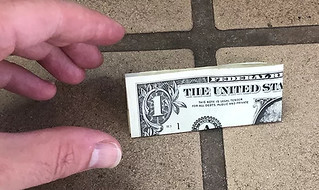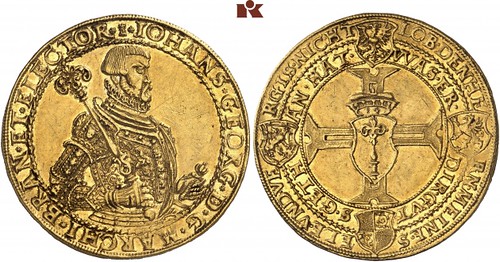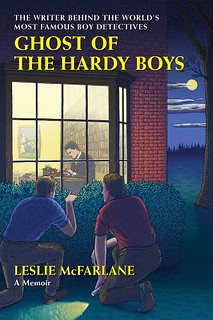
PREV ARTICLE
FULL ISSUE
PREV FULL ISSUE
V25 2022 INDEX E-SYLUM ARCHIVE LOOSE CHANGE: JUNE 19, 2022Here are some additional items in the media this week that may be of interest. -Editor This article on the Künker website tells how the Portugaleser gold coins came to be. -Editor
This story starts with a plain fact: in the late Middle Ages, there was hardly any gold left in Europe because there were simply no rich deposits on the continent. Portugal took advantage of the great demand for this precious metal since the seafaring nation had excellent trade connections to Africa, which was rich in gold. Around 1500, Lisbon became a key place of gold transshipment. Starting in 1499, the Portuguese minted large gold trading coins worth 10 cruzados, which pretty much equaled 10 ducats. These coins were called Portuguez and were soon accepted in various parts of the world. This also applied to northern Europe, where the coins were readily accepted in the wealthy merchant towns of northern Germany and the Netherlands. And it did not take long for the first imitation coins to be produced. In the Holy Roman Empire, these coins were called portugalesers, which simply means Portugalesers established themselves and continued to bear this name even when the gold had long ceased to come from Portugal. At no point, however, was this coin type particularly common. After all, the value of such a coin equaled what a journeyman bricklayer from Hamburg earned in 108 days of work. Right from the outset, the coin had mainly been used for the long-distance trade or as a valuable gift. Princes in northern Europe who thought highly of themselves and wanted to distribute representative gifts also minted portugalesers from time to time – including the house of Hohenzollern in Brandenburg. But only a few issues were minted there: only three different full-weight Brandenburg portugalesers of 10 ducats from the 16th century are known of.
To read the complete article, see:

A bad day can become a really good one if you wind up finding some money on the ground, but it turns out that for some folks, finding a $1 bill on the floor could turn a good day into the worst one ever. In fact, according to one Tennessee police department, picking up a folded dollar bill could be deadly. The warning came in the form of a public safety notice posted on the Giles County Sheriff Department's Facebook page. In it, they explain that there have been two recent incidents in the area where a folded dollar bill was discovered on the floor of a gas station and both bills had a white powdery substance inside. The powder was sent in for testing where it was identified as methamphetamine and fentanyl.
To read the complete article, see:
While non-numismatic, this nonfiction book about a fictional series does reference "an eccentric stamp collector". Many of our readers I'm sure are old enough to have grown up with The Hardy Boys and other young adult fiction of the time. Ghost of the Hardy Boys is a behind-the-scenes look by one of the famous series' hired ghostwriters, and this excerpt is a real hoot (the one here, not so much, but click thru to learn about the Hardy Boys, their girlfriends, and "the borders of wholesome friendship and discreet mutual esteem." -Editor The Hardy Boys!
Stratemeyer noted that the books would be clothbound and therefore priced a little higher than paperbacks. This in turn would justify a little higher payment for the manuscript—$125 to be exact. He had attached an information sheet for guidance and the plot outline of the initial volume, which would be called The Tower Treasure. In closing, he promised that if the manuscript came up to expectations—which were high—I would be asked to do the next two volumes of the series. I skimmed through the outline. It was about a robbery in a towered mansion belonging to Hurd Applegate, an eccentric stamp collector. The Hardy Boys solved it.
To read the complete article, see:
Wayne Homren, Editor The Numismatic Bibliomania Society is a non-profit organization promoting numismatic literature. See our web site at coinbooks.org. To submit items for publication in The E-Sylum, write to the Editor at this address: whomren@gmail.com To subscribe go to: https://my.binhost.com/lists/listinfo/esylum All Rights Reserved. NBS Home Page Contact the NBS webmaster 
|

